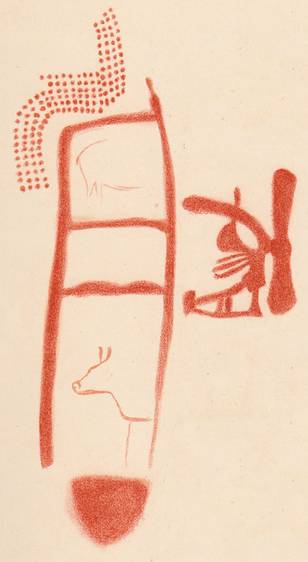The earliest art on the European continent, the distinct red pigment paintings of animals, hand prints, and geometric shapes that decorate the walls of Spanish caves, were not made by modern humans but by our ancient human cousins, the Neanderthals.
 A team of researchers using carbon dating of tiny fragments taken from the images at three different sites discovered that these paintings were made long before modern humans even arrived on the continent.
A team of researchers using carbon dating of tiny fragments taken from the images at three different sites discovered that these paintings were made long before modern humans even arrived on the continent.
“Our dating results show that the cave art at these three sites in Spain is much older than previously thought,” said Alistair Pike, a research team member from the University of Southampton in the UK.
The cave art predates the arrival of modern humans migration to Europe by more than 20,000 years, and adds another chapter into the human story.
Neanderthals thrived in Eurasia for hundreds of thousands of years before early modern humans migrated out of Africa. At some point, humans and Neanderthals crossed paths, and as shown in recent DNA studies, they intermixed. Neanderthals disappeared about 40,000 years ago, but their DNA lives on in all humans outside of Africa.
It is just another in a series of discoveries about Neanderthals — from their culinary tastes to the adornment they wore to the kinds of structures they built — that are forcing scientists to reevaluate our understanding of their cognitive and communication abilities. This, in turn, is pushing researchers to conclude that Neanderthals were perhaps not so much different than modern humans.
Or as Dirk Hoffman, of the Max Planck Institute for Evolutionary Biology said, the cave art shows that Neanderthals thought like we do.
23andMe customers can explore your Neanderthal Report here. And if you’re not yet a customer, you can find out more here.



